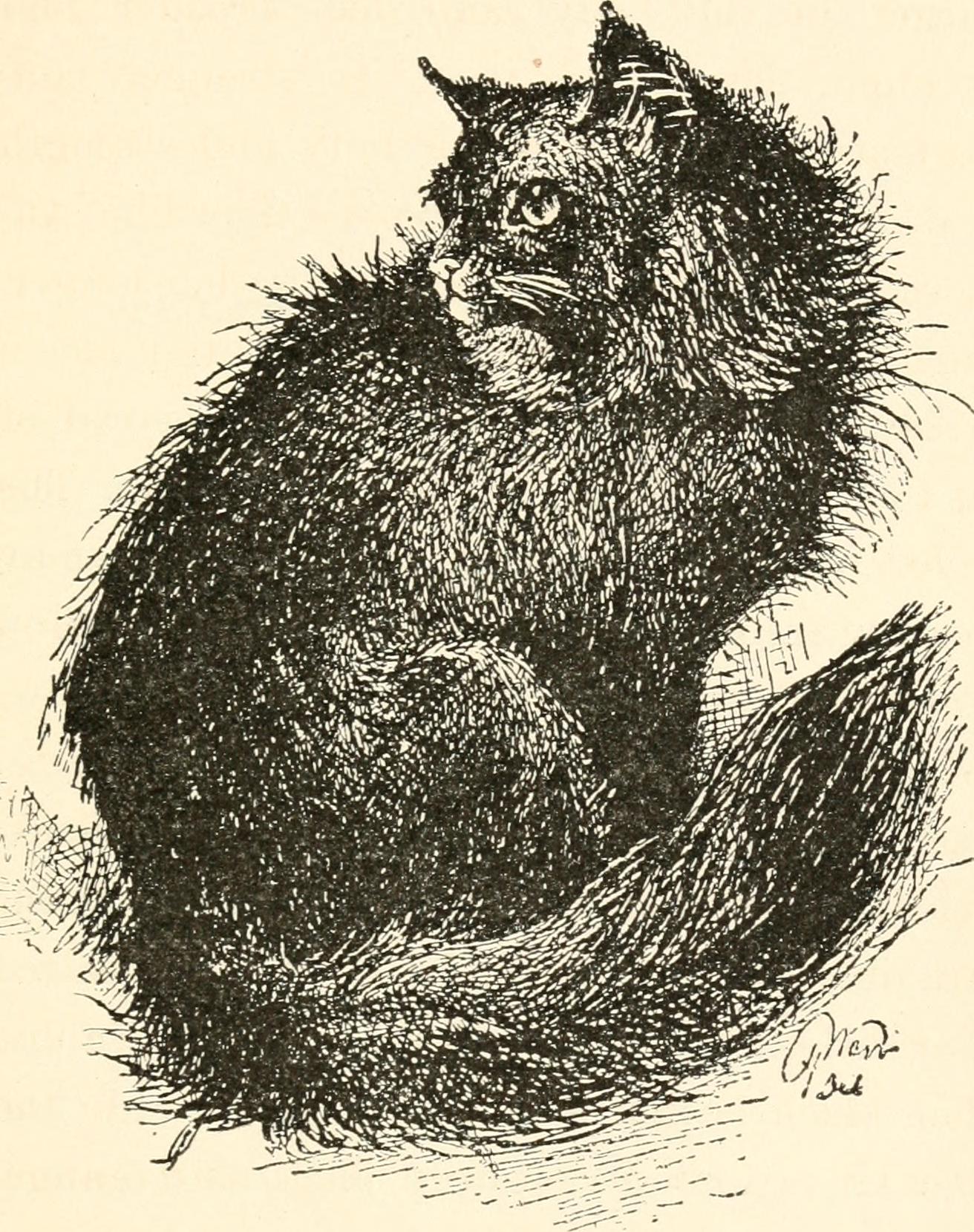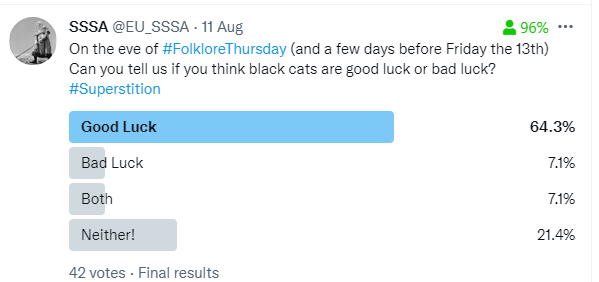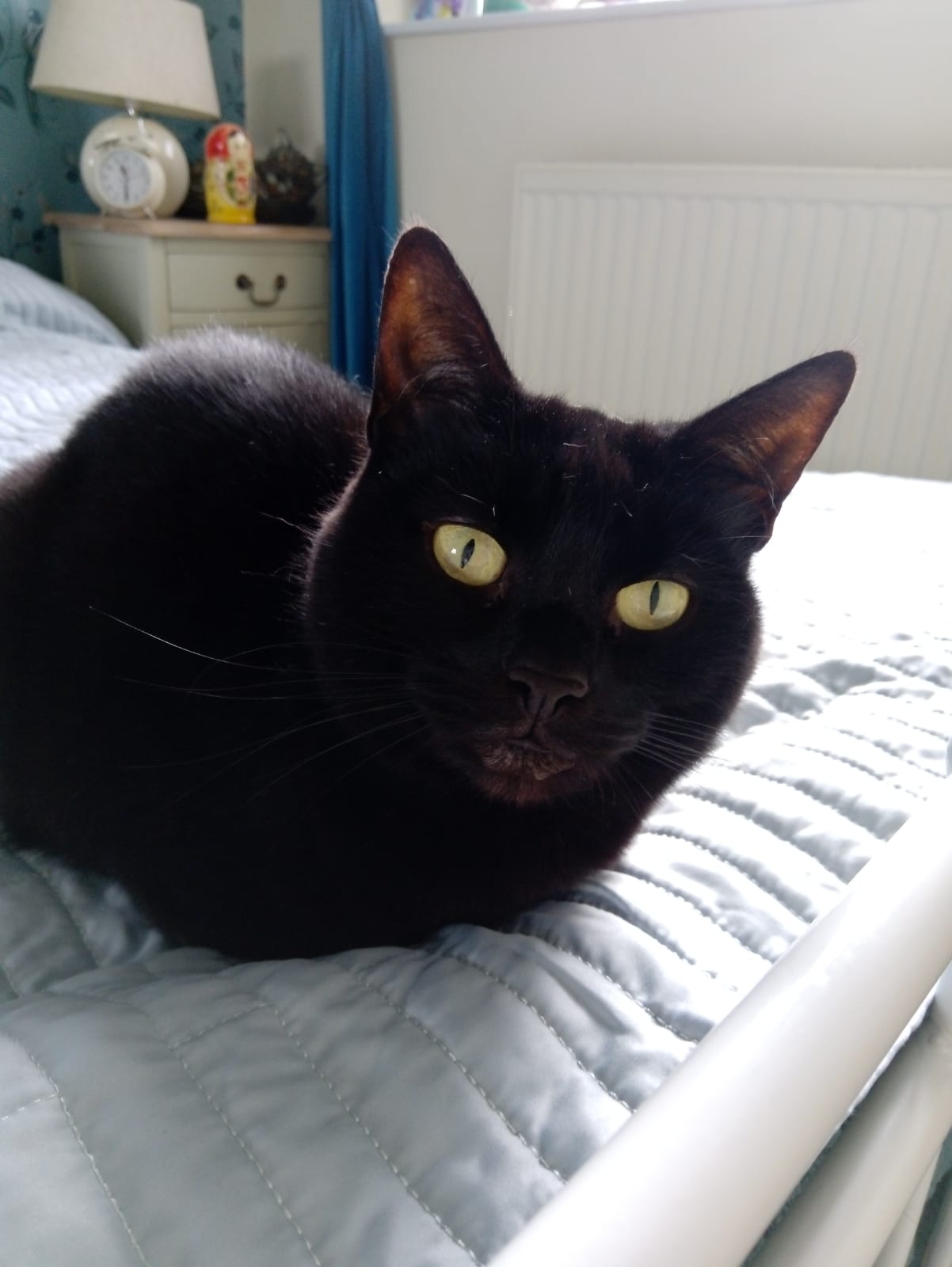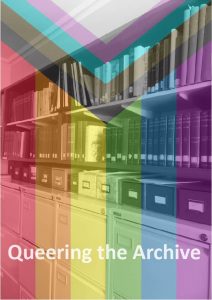Earlier this year, the School of Scottish Studies Archive and the Centre for Research Collections teamed up with renowned Scottish photographer, Jeremy Sutton-Hibbert, to add a landmark collection of photos to the School’s documentary collections. Sutton-Hibbert has worked as a freelance photographer and photojournalist for over 30 years and in 2012 co-founded Document Scotland – a collective of Scottish documentary photographers.
Photo 1 Tam Gay repairs torn nets aboard the Mairead, North Sea, February 1993 SSSA/JSH1/20
Sutton-Hibbert’s documentary work focusing on Scotland filled a natural gap in the Archive’s extensive photographic holdings, and the team worked with him to identify three series of photographs which would best suit the collection. Selections were made from his North Sea Fishing (1992-1995), the recently demolished Longannet Colliery (2001), and Paddy’s Market (2000) which echoed with coastal working life, Scottish industrial cultures, and urban living which can be found throughout the School’s archive.
Photo 2 Miners getting on the trolley train to the underground of Longannet Colliery, Fife, April 2001 SSSA/JSH3/3
The SSSA70 acquisition includes over 50 beautifully hand-made prints by Sutton-Hibbert and digital files of each of these images which can be viewed on our digital image database. Our teams have been busy behind the scenes to catalogue this collection and make the digital images available in our anniversary year.
“I have immensely enjoyed listing the 50 photographic prints acquired from Jeremy Sutton-Hibbert,” say Elliot Holmes, Archives & Library Assistant, School of Scottish Studies, “The collection has been listed in original order to three series, which includes the life aboard seine-netter boats within the North Sea Fishing prints, the historic Paddy’s Market in Glasgow, and depictions of the life of people working underground at Longannet Colliery. Each itemed photograph depicts such a dynamic portrayal of the social and working lives of Scottish people that you can clearly see and feel the emotion of each photographic subject through the prints. Being from a mining town in south Wales, I particularly enjoyed listing the images of Longannet Colliery as that is a history and way of life that I grew up with and will always feel a grand connection to. Each individual print is a valuable addition to our collection as they are such a clear portrayal of the dynamics of Scottish working life and people.”
In May of this year, Jeremy sat down with our Head of Special Collections, Daryl Green, to talk about his work and this new collection. As part of this acquisition, we’re very pleased to make this conversation available to all, too:
In Conversation with Jeremy Sutton-Hibbert
You can also see some of our photographic collections digitised online, including the Robert Atkinson collection of St. Kilda photographs here: St. Kilda
To stay in touch with the School of Scottish Studies Archive and Library, you can find us on Twitter at @EU_SSSA
Our information and contact details can be found here: School of Scottish Studies Archive









